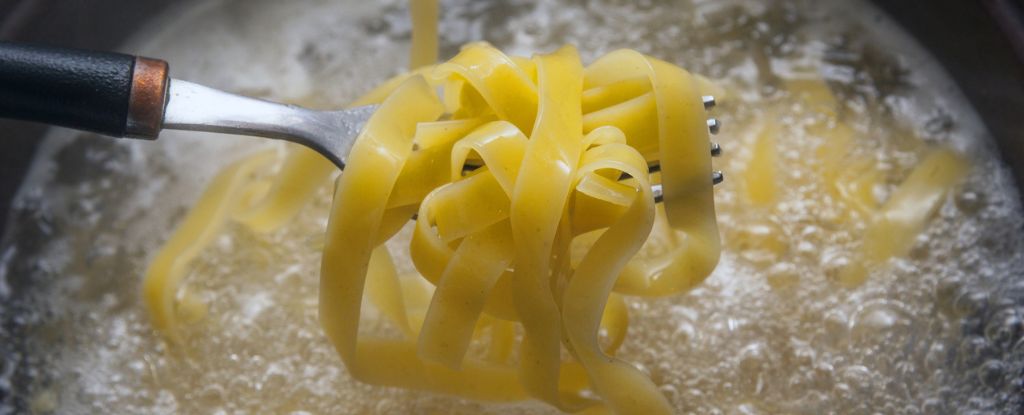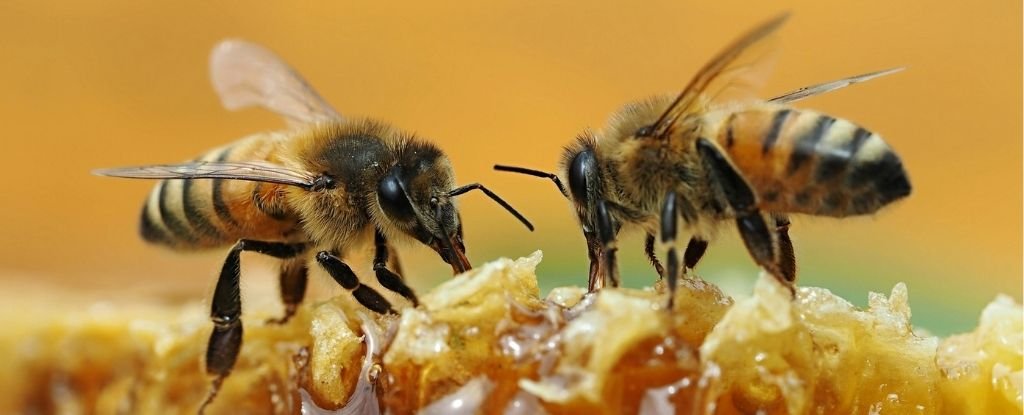Italians are notoriously – and understandably – protective of their cuisine, as attested to by regular arguments over the right toppings for pizza or the right pasta for a bolognese ragu.
So it was hardly surprising that an Italian physicist was awarded the Nobel Prize balanced with advice about how to cook noodles perfectly, which seemed to turn on its head everything the chefs of the countries had done in the kitchen for centuries, it caused a almighty series.
Professor Giorgio Parisi – who won the Nobel Prize in Physics 2021 for “discovering the interplay of disorder and variability in physical systems from atomic to planetary scales” – suggested turning off the heat in the middle of pasta cookingthen cover with a lid and wait for the residual heat in the water to finish the work can help reduce the cost of cooking noodles.
In response Michelin star chef claimed Antonello Colonna This method makes the noodles rubbery and could never be served in a high end restaurant like his own.
The controversy quickly spread through the media, with several heavyweights from the food and science industries contributing.
But for those of us at home trying to save money on pasta cooking, is Parisi’s method really cost-effective? And does it really taste that bad?
Inspired by the thought of saving some money, Nottingham Trent University students Mia and Ross went into the kitchen to cook pasta in different ways and help solve the tangled strands of this question.
What happens when you cook pasta?
The first question to be asked is what actually happens when we cook pasta. When it comes to dried pasta, there are actually two processes that typically run in parallel.
First, water penetrates the noodles, rehydrating and softening them in boiling water within ten minutes. Second, the noodles heat up, causing the proteins to expand and become edible.
The standard cooking method involves submerging 100 grams (3.5 ounces) of pasta in 1 liter of boiling water for ten to twelve minutes, depending on thickness. The breakdown of energy consumption is shown in the graph below, which can be converted into a total cost using information about the price of energy and the efficiency of the stove.
At today’s prices, the cost of cooking dried pasta is 12.7p (about US$0.15) per portion on a ceramic hob, 10.6p on an induction hob and 7p on a gas hob. Given Britain’s love of pasta, which on average everyone eats one serving per weekwe spend £4,690,000 (about $8.35 million) a week cooking pasta.
The graphic shows that around 60 percent of the energy is used to keep the water boiling. Anything that can be done to reduce the cooking time would have a significant impact on the overall cost.
Parisi’s method of turning off the hob halfway and letting the pasta cook in the residual heat cuts cooking costs in half, a saving of around 3p. This method is even more effective on ceramic hobs because, unlike gas and induction hobs, they cool down slowly.
However, by separating the rehydration and heating processes, it is possible to reduce costs even further. Dried noodles can be completely rehydrated in this way soak in cold water beforehand for two hours. This is a process that requires no energy and saves an additional 3p.
The pasta then has to be dipped in boiling water to warm through – and there are further savings here too. cooks, bloggers and scientist report that the quality of the cooked noodles is not affected by a significant reduction in the amount of water.
We found that halving the water resulted in perfect noodles, but reducing it to a third was unsatisfactory. Starch is released during cooking, and if there’s too little water, the concentration will build up, leaving clumps of unevenly cooked noodles – although stirring the pot regularly can certainly improve things.
The graph shows that the second largest energy requirement is to bring the water to a boil. Again, savings have to be made here.
It turns out that the protein granules are in pasta dissolve above 80ºC (176ºF), so there’s no need to “roll boil” the pan at 100ºC, as is often recommended. A gentle simmer is enough to fully cook the pasta, giving an additional saving of around 0.5p.
We also investigated using a microwave to heat the soaked pasta. Microwaves are very efficient at heating water, but in our experiments this produced the worst pasta of all. Definitely not one to try at home.
Here’s how it works – and save money
The price for the most efficient method of cooking dried noodles is too soak in cold water beforehand before placing it in a saucepan of boiling water or sauce for a minute or two.
Keeping a lid on the pan is another easy thing you can do. Adding salt, while minimally changing the boiling point, improves the flavor significantly.
We are not all Michelin-starred chefs or Nobel Prize winners in physics, but we can all be make a difference in the way we cook to reduce energy costs while producing great tasting food.
Now it’s up to you to experiment with these methods until you find a combination that makes your cooking more economical while saving your energy pennes.
The author thanks his students Mia London and Ross Broadhurst for their assistance in compiling this research.![]()
David FairhurstPrincipal Lecturer, College of Arts and Science, School of Science & Technology, Nottingham Trent Universityj
This article is republished by The conversation under a Creative Commons license. read this original article.





